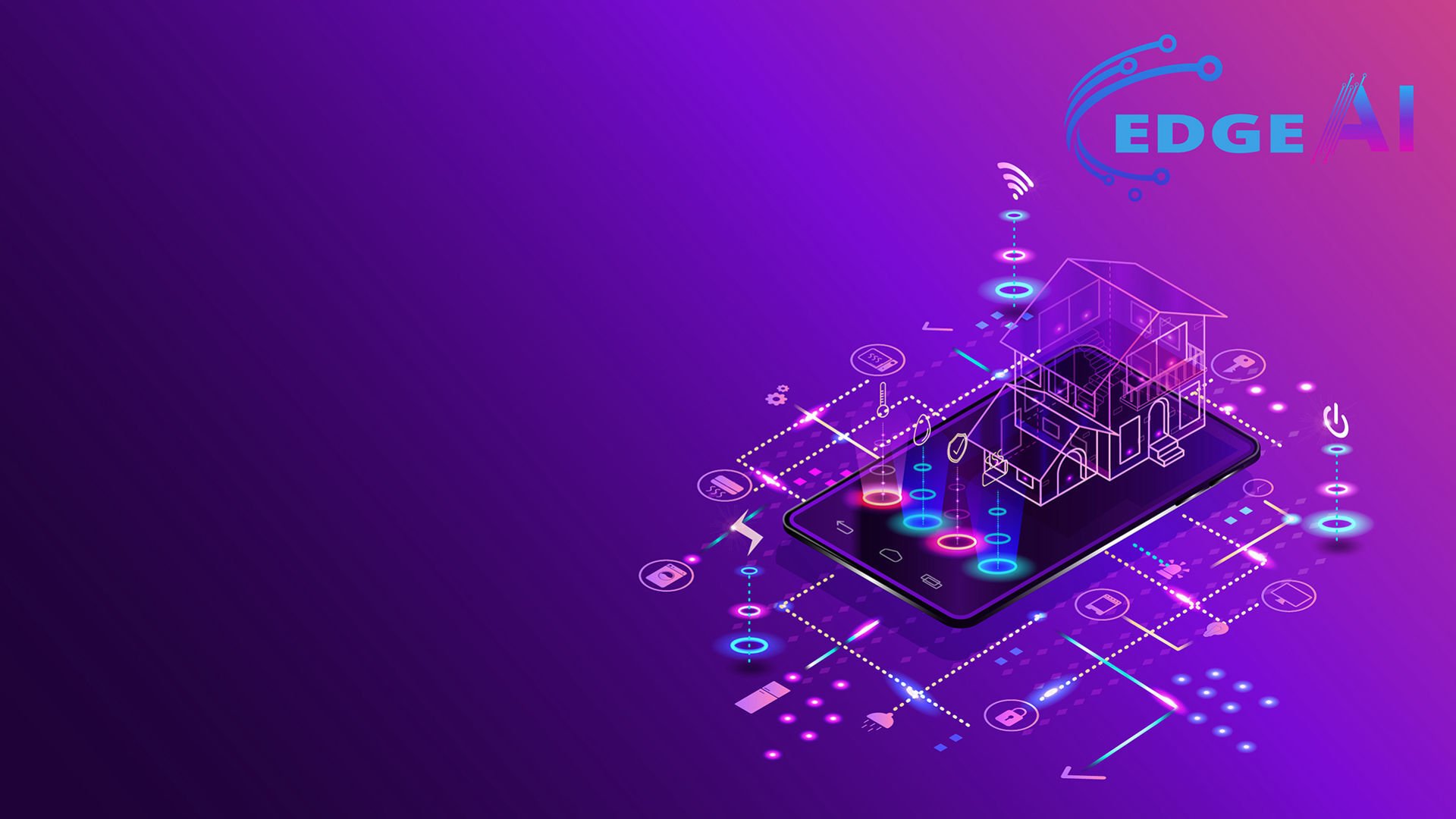Artificial Intelligence (AI) and Edge Computing are transforming industries by enabling faster data processing and real-time decision-making. With advancements in AI algorithms and edge infrastructure, businesses in the US and Europe are leveraging these technologies to improve efficiency, security, and connectivity. This article explores six key innovations in AI-powered edge computing that are shaping the future of technology.
1. AI-Driven Predictive Maintenance
Industries like manufacturing and healthcare rely on AI-powered edge devices for predictive maintenance. By analyzing sensor data in real-time, these systems can detect anomalies and predict equipment failures before they occur, reducing downtime and maintenance costs.
Example:
- Germany: Siemens integrates AI-driven edge computing in its smart factories to monitor machinery and improve efficiency.
- United States: General Electric’s AI-powered edge analytics optimize wind turbine performance.
2. Intelligent Video Analytics for Security
Edge AI enhances video surveillance by processing data on-site instead of relying on cloud servers. AI-driven analytics detect suspicious activities, recognize faces, and improve overall security without latency issues.
Example:
- Europe: Airports like Heathrow and Frankfurt deploy AI-powered edge surveillance for enhanced security.
- US: Smart cities like San Diego use AI at the edge to monitor traffic and prevent accidents.
3. AI-Optimized IoT Networks
The Internet of Things (IoT) benefits from AI at the edge by reducing bandwidth usage and enabling local decision-making. AI algorithms prioritize data transmission and optimize network performance, reducing latency and improving reliability.
Example:
- Denmark: AI-driven edge computing optimizes energy consumption in smart grids.
- United States: Amazon’s AWS Greengrass enables IoT devices to run AI models locally for faster processing.
4. AI-Powered Healthcare Diagnostics
Edge AI is revolutionizing healthcare by enabling real-time diagnostics in hospitals and remote locations. AI-powered edge devices analyze patient data instantly, improving response times and personalized treatments.
Example:
- Sweden: AI-enhanced portable ultrasound devices help doctors diagnose conditions in real-time.
- US: Edge AI in wearables like the Apple Watch detects irregular heart rhythms and alerts users.
5. Autonomous Vehicles and AI at the Edge
Self-driving cars rely on AI at the edge to process data from cameras, sensors, and radar in real-time, ensuring safe navigation and obstacle detection.
Example:
- Germany: BMW and Volkswagen integrate AI edge computing in autonomous vehicle prototypes.
- US: Tesla’s Full Self-Driving (FSD) system uses AI-powered edge processing to interpret road conditions instantly.
6. AI-Powered Smart Retail Solutions
Retailers are implementing AI at the edge to enhance customer experience and optimize operations. AI-powered checkout systems, personalized recommendations, and automated inventory management are becoming more prevalent.
Example:
- Europe: Carrefour uses AI at the edge for cashier-less checkout systems.
- United States: Amazon Go stores utilize AI-driven edge computing for frictionless shopping.
Moving Forward
AI-powered edge computing is revolutionizing industries across the US and Europe by enhancing efficiency, security, and real-time decision-making. As AI technology advances, businesses will continue to adopt edge computing solutions to drive innovation and stay ahead in the competitive landscape. Learn more about how AI can transform your business with Dev Centre House Ireland.
FAQ
Question: What AI computing innovations are transforming enterprises in the US and Europe?
Answer: Innovations like custom hardware (e.g. TPUs and purpose-built AI accelerators), federated learning, AI chips optimised for edge computing, and hybrid cloud deployments are enabling faster, more scalable AI applications.
Question: How does federated learning benefit companies handling sensitive data?
Answer: Federated learning enables collaborative model training across distributed datasets without exposing raw data, ensuring privacy and compliance, ideal for industries like healthcare and finance.
Question: Why are specialised AI accelerators becoming more popular?
Answer: These chips deliver dramatically higher performance and efficiency for ML tasks, reducing latency and power consumption compared to general CPUs or GPUs.
Question: What role do edge AI solutions play in modern deployments?
Answer: Edge AI keeps data processing on-prem or on-device, minimising latency, improving reliability, and reducing cloud dependency, key for real‑time use cases like predictive maintenance or IoT.
Question: How do hybrid cloud architectures support AI at scale?
Answer: Hybrid clouds allow dynamic workload placement, local on‑prem for sensitive data and powerful public clouds for heavy compute, offering flexibility, cost efficiency, and compliance control.
Question: Why is power efficiency critical in AI computing infrastructure?
Answer: AI workloads demand high compute; energy-efficient chip designs and cooling systems lower operating costs and improve sustainability.
Question: Can AI compute innovations reduce time-to-market for enterprise solutions?
Answer: Yes. Dedicated hardware and optimised software stacks accelerate model training and inference, enabling rapid deployment and iteration of AI features.
Question: Are AI compute innovations equally accessible to startups and enterprises?
Answer: Increasingly, cloud providers offer managed AI accelerators and serverless ML, granting access to advanced computing without significant capital expenditure.
Question: What’s the EU’s stance on AI hardware development vs. reliance on US-based providers?
Answer: Europe is investing in a domestic AI ecosystem through initiatives like GAIA-X and semiconductor development to gain independence and support sovereignty.
Question: How can businesses leverage these AI computing advances strategically?
Answer: By identifying computing bottlenecks in their AI stack and selecting architecture that balances performance, cost, and compliance, such as edge vs. cloud or custom chips vs. general purpose.
Question: Where can I discover how Dev Centre House Ireland supports AI adoption with advanced computing infrastructure?
Answer: Visit https://www.devcentrehouse.eu/en to learn how Dev Centre House Ireland helps businesses leverage cutting‑edge AI technologies.
